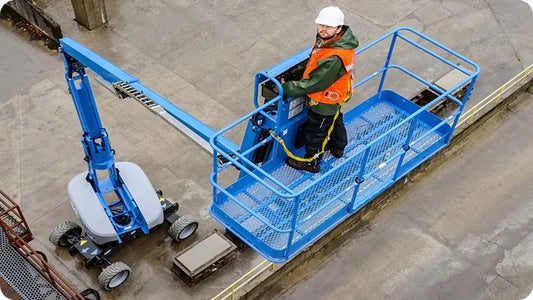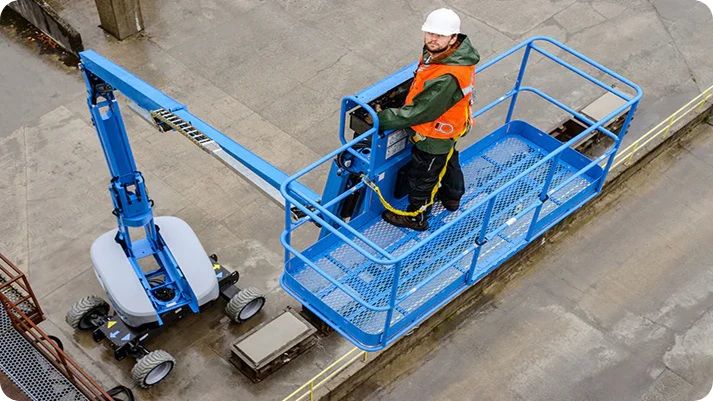Being a manager in the construction industry is not just about managing people and projects – it also involves significant legal responsibility . Employers and managers have a duty to ensure that the workplace is safe, that employees have the necessary training, and that laws and regulations are followed. Lack of HSE competence can lead to serious consequences: fines, compensation claims – and in the worst case, personal injuries or fatalities.
Employer's liability under the law
According to the Working Environment Act (Section 3-2 and Section 3-5), the employer is responsible for:
- Ensuring that employees have the necessary training and information before performing tasks
- To identify and reduce risks at work
- Ensuring that equipment and work methods meet health, environmental and safety requirements
This means that a manager cannot delegate HSE responsibility to the individual employee. The chain of responsibility is clear: The company and its managers are held responsible if employees lack the correct training or equipment.
Legal consequences of inadequate training
The consequences of not meeting HSE requirements can be serious:
- Order from the Norwegian Labour Inspection Authority requiring immediate action
- Fines or violation fees
- Stoppage in project that could cause major delays
- Liability for damages in the event of accidents, both financial and criminal
Example: If an employee falls from scaffolding without the employer being able to document that the employee had a scaffolding course of 2-9 meters , scaffolding user course or fall protection course , the company can be held legally liable.
Competence required of managers
To meet these requirements, managers should have a basic understanding of:
- HSE legislation and regulations – what is actually required
- Risk assessment – the ability to identify and prevent hazards
- Course and training requirements – which courses are required for different roles
- Documentation – how to show that the company complies with the regulations
Here are some relevant courses that give managers the necessary insight:
- HSE course for managers (legally required for employers)
- Safety officer course – understanding of the cooperation between employer and safety representative
- Fire and industrial safety course – basic preparedness
- Hot worker courses – requirements for employees who perform work with open flames or heat
HSE as a culture – not just a course
Competence is more than a certificate. A manager is responsible for building a safety culture where HSE is a natural part of everyday life. This means:
- Leading by example
- To follow up on whether routines are actually followed
- Facilitating open dialogue about security
- Providing regular refresher courses
As a leader in the construction industry, you hold the key to both safety and legal compliance. The right skills not only ensure that your company complies with the law – it also protects employees, reduces the risk of accidents and strengthens your company's reputation.
The HSE responsibility is great, but with the right knowledge you can face it safely and professionally.












